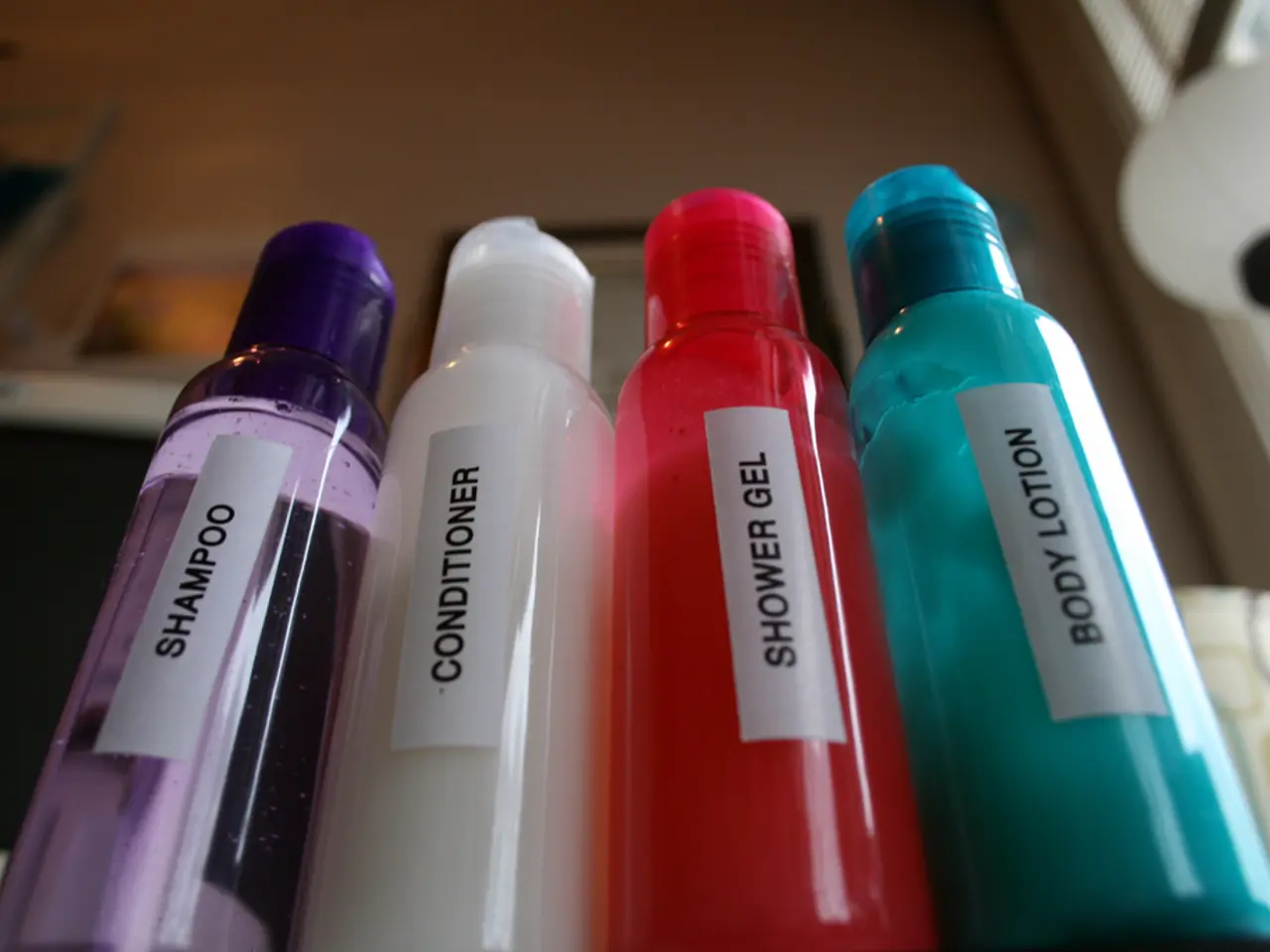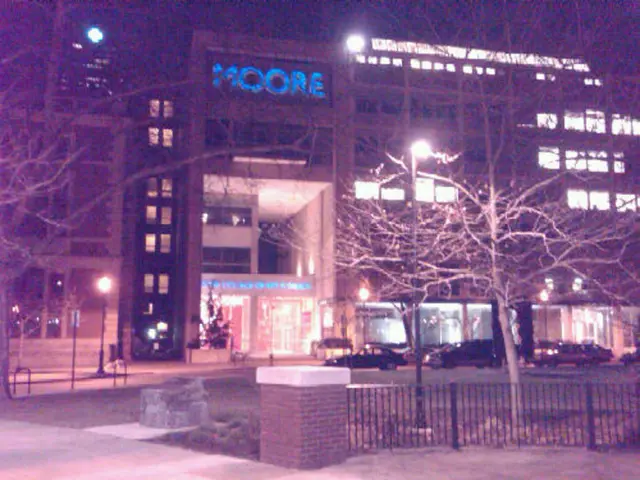Red light treatment: Advantages and potential drawbacks
Red Light Therapy (RLT), also known as photobiomodulation or low-level light therapy (LLLT), is a growing area of interest in the health and wellness industry. This non-invasive treatment involves exposing the body to low-wavelength red light and has been studied for various potential benefits, particularly related to skin health, acne, wound healing, hair growth, pain reduction, bone recovery, and anti-inflammatory effects.
### Skin Health Benefits
RLT has been shown to stimulate fibroblast activity, increasing collagen production. This helps reduce wrinkles, fine lines, and improve overall skin texture and elasticity. Additionally, RLT reduces skin inflammation, calming redness and swelling associated with various skin conditions such as rosacea and psoriasis.
### Acne Treatment
Clinical studies have shown that RLT can calm inflammation, regulate sebum (oil) production, and support wound healing, which collectively reduce both pimples and blackheads by approximately 59% over weeks of treatment. It also accelerates repair of acne lesions and helps prevent scarring by promoting collagen formation. While it is not antibacterial like blue light, red light fosters a resilient skin barrier to reduce flare-ups.
### Wound Healing
RLT accelerates cellular repair processes, promoting faster healing of wounds and reducing inflammation, which contributes to better recovery outcomes.
### Hair Growth
RLT stimulates hair follicles in the dermis, promoting hair growth and potentially treating conditions like alopecia. When combined with prescription hair growth medications, RLT can have a positive effect on hair growth in androgenetic alopecia treatment.
### Pain Reduction
Studies have demonstrated that RLT decreases pain from various sources such as arthritis, fibromyalgia, post-surgical conditions, and musculoskeletal pain by reducing inflammation, oxidative stress, and nerve sensitivity.
### Bone Recovery
While detailed mechanisms are less covered in the research, red and near-infrared light therapy have been suggested to have therapeutic roles in accelerating bone healing and recovery via cellular stimulation and inflammation reduction, as part of broader regenerative benefits.
### Anti-inflammatory Effects
RLT modulates inflammatory molecules (reactive oxygen and nitrogen species, prostaglandins), reducing inflammation without side effects typical of medications like NSAIDs. This makes it promising for chronic inflammatory diseases including arthritis and possibly neurodegenerative conditions.
### Safety and Side Effects
RLT is generally considered safe and non-damaging as it uses visible red light (typically 630–660 nm wavelengths) without UV exposure. It is a non-invasive and gentle therapy with minimal reported side effects, making it suitable for sensitive skin or those avoiding harsh topical treatments. No significant adverse effects have been linked with correct and consistent use in clinical studies, unlike some pharmaceutical or invasive treatments.
In conclusion, Red Light Therapy is a clinically supported, safe, and effective treatment modality for improving skin health, managing acne, enhancing wound healing, stimulating hair growth, reducing pain, supporting bone recovery, and diminishing inflammation. It offers a natural alternative or complement to conventional therapies with a low risk of side effects when used properly.
- Red Light Therapy (RLT) has been studied for its potential in treating various skin conditions, such as atopic dermatitis and rosacea, due to its ability to reduce skin inflammation.
- For individuals struggling with hair loss, RLT could be a beneficial therapy as it stimulates hair follicles in the dermis, promoting hair growth and potentially treating conditions like alopecia.
- HIV patients may find a surprising ally in RLT, as it has been researched for its protective effects on the health of the skin, possibly aiding in the reduction of certain skin-related side effects associated with the disease.
- For individuals dealing with depression or bipolar disorder, RLT may offer some relief due to its anti-inflammatory effects and potential benefits for neurodegenerative conditions.
- Hepatitis patients seeking alternative treatments might consider RLT, as it has been suggested to have therapeutic roles in accelerating recovery via cellular stimulation and inflammation reduction, though research on this topic is still limited.
- Macular degeneration, a leading cause of vision loss, might potentially be managed with RLT, given its ability to modulate inflammatory molecules and reduce oxidative stress.
- In the realm of health and wellness, RLT is becoming an increasingly popular approach to skin care, with its potential to reduce wrinkles, fine lines, and improve overall skin texture and elasticity.
- RLT can be an effective treatment for those battling asthma, as its inflammation-reducing properties may help alleviate symptoms related to this chronic health condition.
- One of the key advantages of RLT is its safety and low side effects profile, making it suitable for individuals with sensitive skin who may be avoiding harsh topical treatments.
- The predictive potential of RLT is being explored, with researchers investigating its role in the prevention and treatment of various health concerns, opening up new possibilities for future therapies and treatments.
- By choosing RLT for hair care, one can benefit from its advantages in promoting healthy hair growth, reducing inflammation, and supporting the maintenance of a resilient skin barrier.




